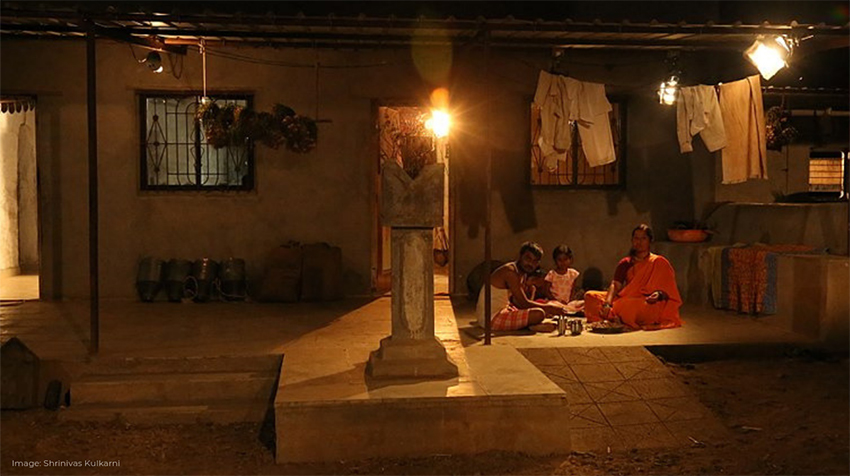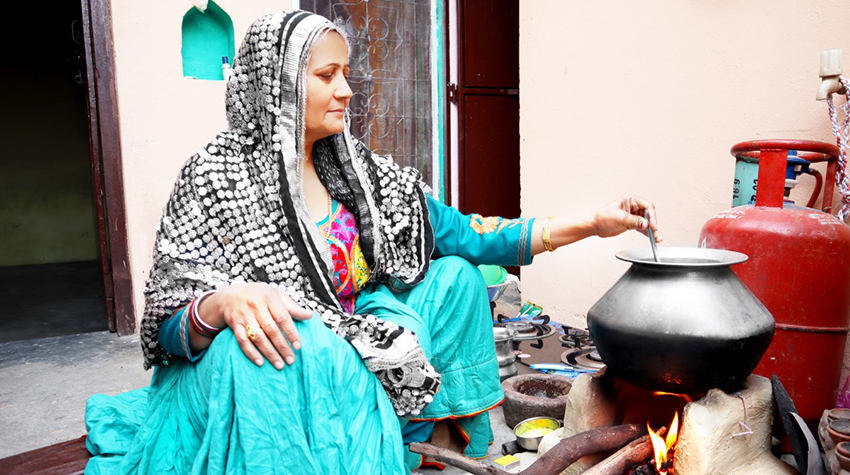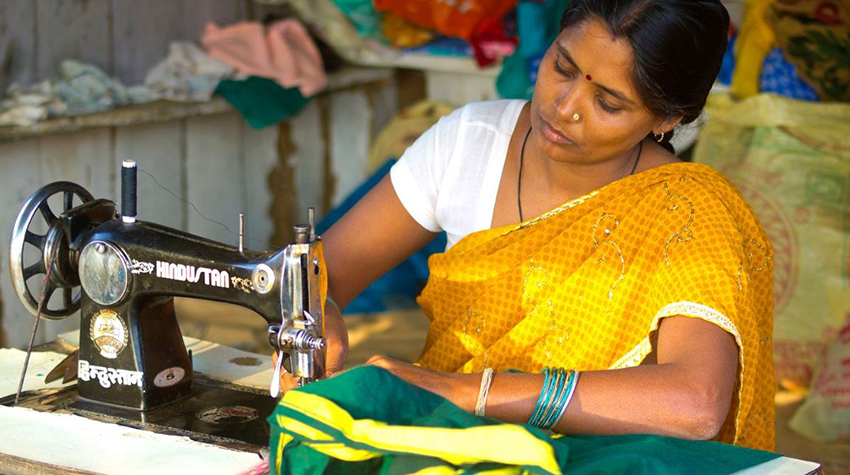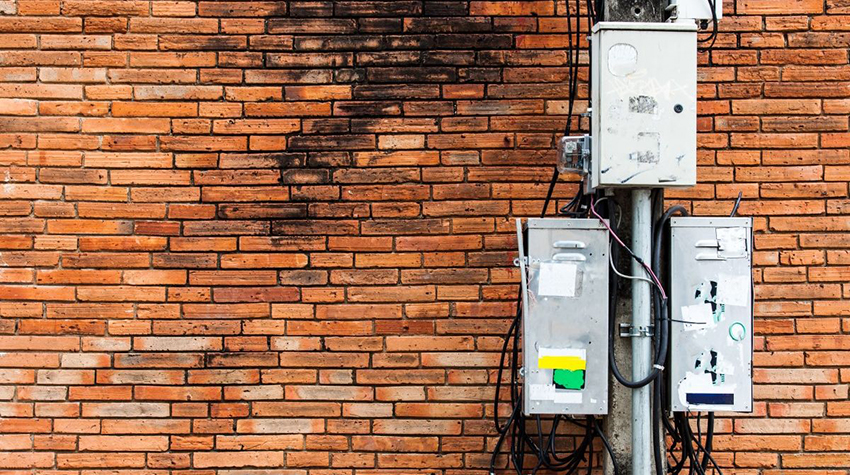



India is on the verge of 100 per cent household electrification and more than 85 per cent of Indian households now have LPG connections. In this first edition of Beyond Connections, our Energy Access newsletter, we highlight four areas for intensified action in 2019.

Beyond connections, consumers need reliable power and improved customer service
The status: Saubhagya is well on its way to achieving 100 per cent household electrification. However, ACCESS 2018 finds that duration and quality of supply, and sustained revenue generation remain prime concerns.
The challenge: 27% of rural consumers in six major Indian states are currently not paying anything for their electricity. Newly connected households may place an even greater financial burden on distribution companies (discoms) due to poor metering and billing and inefficient collection. Discoms need radically innovative approaches to serve rural India, where customer density is much lower than in urban areas.
Where to focus: Address low-voltage issues and improve maintenance services to improve consumer experience and satisfaction. Focus on technical and management innovations such as smart metering and village-level coordinators to improve billing and collection in rural areas.

More households will shift to LPG, but eliminating the use of traditional biomass needs a more holistic approach
The status: Through the Ujjwala scheme, the government has made LPG connections available to over 60 million beneficiaries. However, ACCESS 2018 found that stacking of LPG with traditional biomass is widespread. 80 per cent of rural households in six major states continue to use traditional biomass for some or all their cooking.
The big picture: Affordability of LPG is the biggest barrier to its sustained use. Prioritising the disuse of traditional cookstoves over the promotion of a single fuel is the need of the hour. Alternatives include biogas, solar and electricity-based cooking, piped natural gas, and Tier 4 improved cookstoves. However, after-sales service, cost optimisation, technology commercialisation, and lack of service-based models remain key challenges.
Where to focus: Move households to cleaner fuel stacks and away from using traditional biomass. Focus on demand generation and sustenance, the intra-household dynamics of decision-making, and coinciding livelihood interventions with cooking energy interventions. This calls for a national mission with multiple ministries coming together.

Rural livelihoods also require reliable power supply; decentralised clean energy could plug the gap
The status: Poor energy access significantly undermines incomes in rural India. Farm power availability in India is only one-third of that in China. 54% of India’s net-sown-area remains unirrigated. Further, more than four million micro enterprises highlight lack of reliable electricity as the biggest barrier to their business.
Decentralised clean energy has the potential to plug this gap. It already boasts of one success story in the country. More than 200,000 solar pump installations provide irrigation access to farmers who previously relied on rain-fed agriculture or had to burn diesel to meet irrigation demand.
The market potential: CEEW found that clean energy innovations hold a market potential worth more than USD 50 billion for farm and non-farm applications. More than 20 clean energy innovations already exist and hold the potential to transform markets.
Where to focus: Strengthen the entrepreneurial ecosystem to commercialise field-tested technologies. Facilitate large-scale pilots and generate evidence at scale to gain confidence of investors, financiers, policymakers, and other market enablers. CEEW, along with Villgro, is currently developing a programme to support such pilots.

Providing reliable and sustained power will require robust and sustained monitoring
The status: Currently, electricity supply monitoring in India is limited at the feeder-level. Monitoring downstream, at the transformer-level or the household-level, is absent. ACCESS 2018 shows a significant gap between the hours of supply households experience vis-à-vis feeder-level values reported by discoms.
The government's big push: The government has announced a universal roll-out of smart prepaid meters starting April 2019. This would not only aid plans for 24x7 rural electrification, but could also strengthen the financial health of discoms through improved billing and collection. However, no structured policy on smart metering has been announced yet.
Where to focus: Leverage the technology not just for better billing and payment compliance, but also to monitor real-time electricity supply. This could support targeted action to ensure reliability of supply.
CEEW is currently working on a pilot to deploy about 400 smart meters in Uttar Pradesh. The aim is to create a blueprint of how real-time data could help better manage and deliver affordable 24x7 power for all.